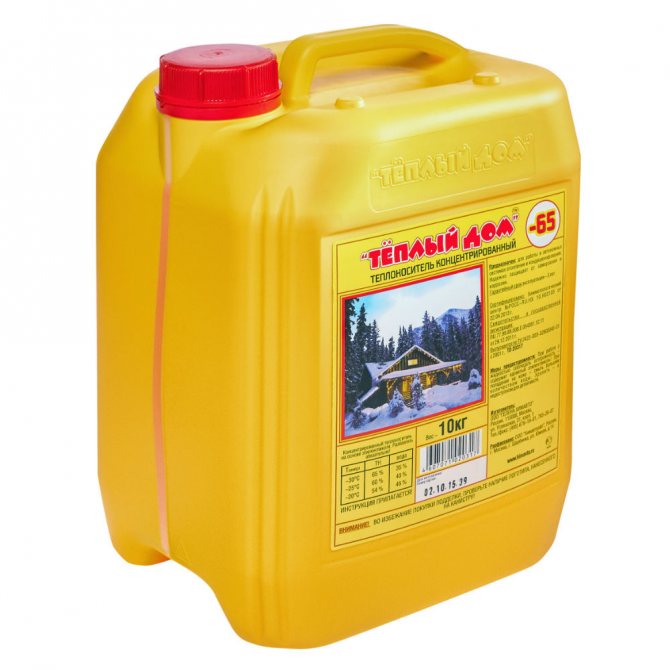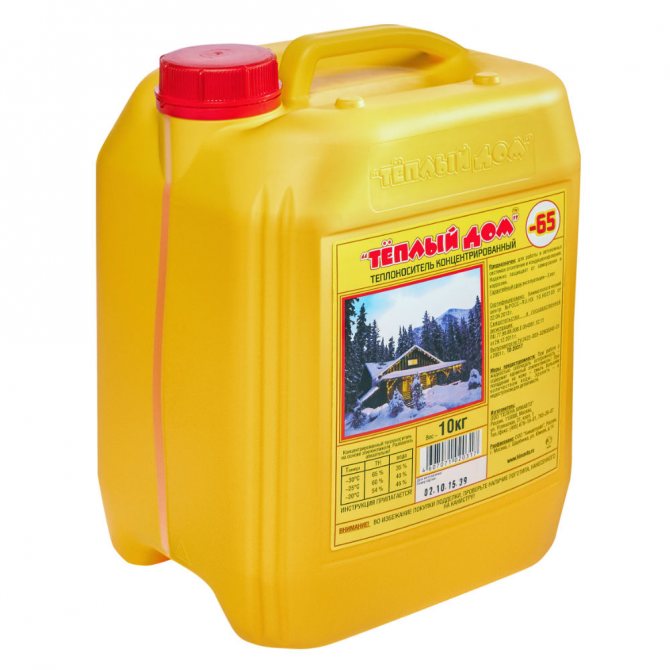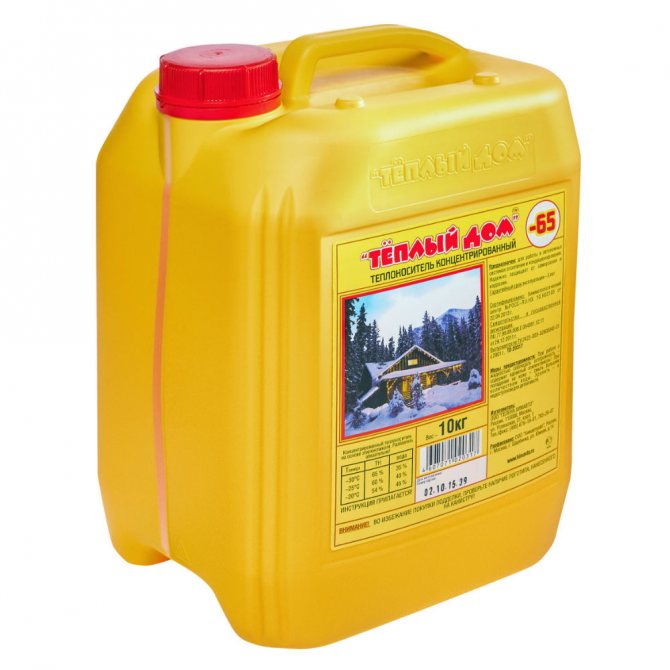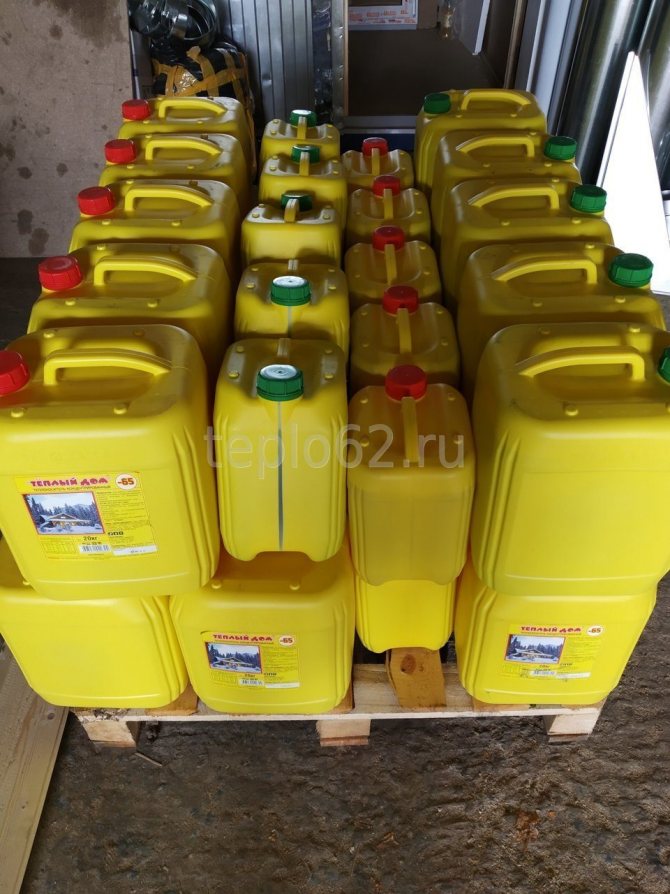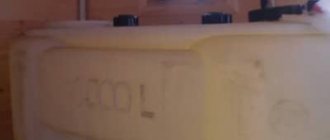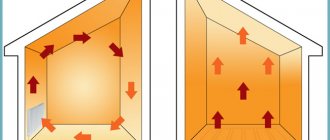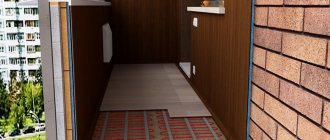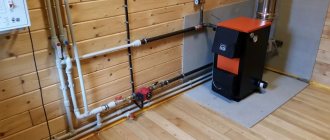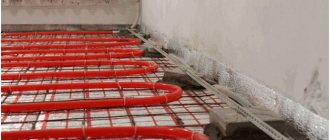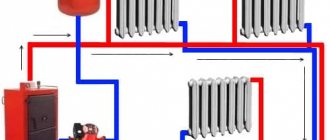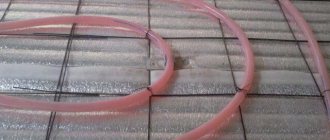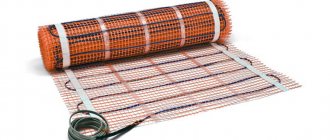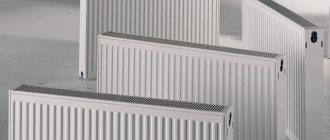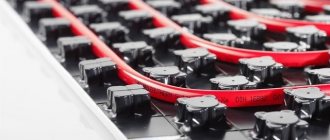"Warm House" is a liquid that is a modern anti-freeze composition made from high quality ethylene glycol. This mixture is intended for use in various heating or cooling systems, as well as for industrial air conditioning.
This antifreeze can be used at temperatures ranging from -65 to + 112 ° C. The additive package consists of 10 substances that give the coolant antifoam, anti-corrosion and stabilizing properties in the operating temperature range.
Description
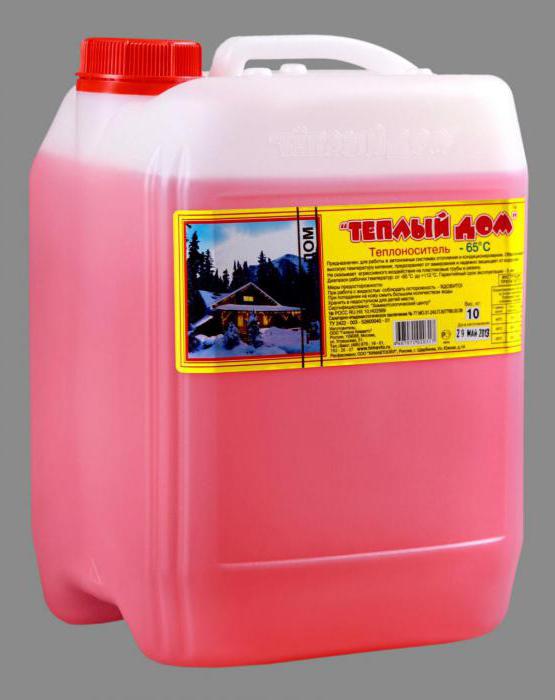
"Warm House" - a liquid that is a concentrated antifreeze produced using a combined package of anti-scale and other additives. All these ingredients are used to obtain heating fluids that have a low crystallization temperature, that is, freezing.
Reducing the amount of ethylene glycol increases thermal conductivity and heat capacity, which lowers the freezing point. The viscosity of the solution is reduced, and this made it possible to improve the circulation of the coolant in the system, increasing the heat transfer.
"Warm House" is a liquid that best suits its thermophysical properties for the climatic zone of central Russia. The best are those antifreezes that begin to crystallize at a temperature of -25 ° C. If we are talking about the described solution, then it freezes at lower temperatures.
Characteristics and types of coolant
Produce a coolant of the following brands:
- "Warm house ECO -20" - antifreeze made from propylene glycol. Ideal for double-circuit heating devices;
- "Warm house -30" - antifreeze made from ethylene glycol is used for heating with single-circuit boilers, but it is also suitable for other designs. When filling the systems of double-circuit and tenovy boilers, it requires dilution;
- "Warm house ECO -30" - made from propylene glycol. When filling the systems of double-circuit and tenovy boilers, it requires dilution;
- "Warm house -65" - high concentration composition, produced from ethylene glycol.
Why choose Teply Dom brand antifreeze
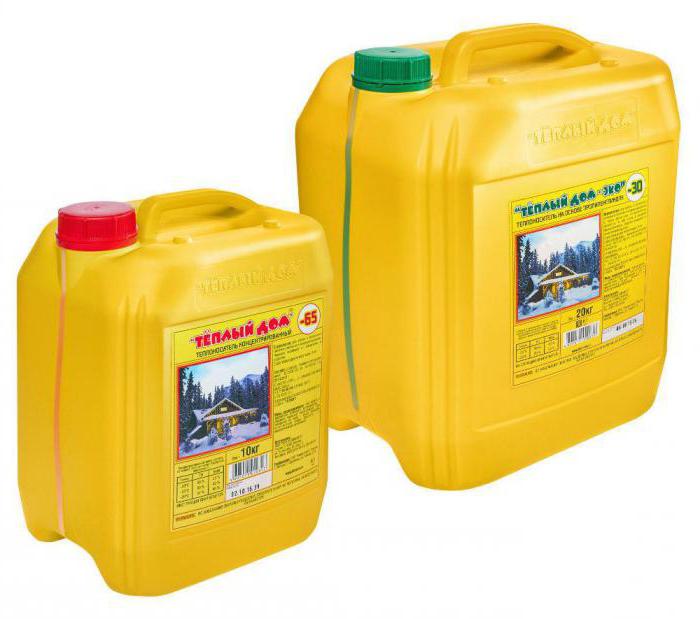

Non-freezing liquid for heating "Warm House" can protect the heating from destruction, which is ensured by the thermophysical characteristics of the composition, even if the system is faced with an emergency stop problem. The pipes will not collapse, because the composition turns into a jelly-like state at lower temperatures.
If you use heat transfer fluids with a high content of ethylene glycol, then this can cause carbon deposits on the surface of the heating elements or in the area of the burner. Among other things, you may encounter the problem of the formation of tarry deposits, as well as overheating of heating elements.
In order to obtain an aqueous solution with the required operating temperature, it is necessary to dilute the liquid for "Warm House" batteries with distilled water or water taken from the water supply system.
Recipe for the preparation of a 100 l solution from a concentrated heat carrier
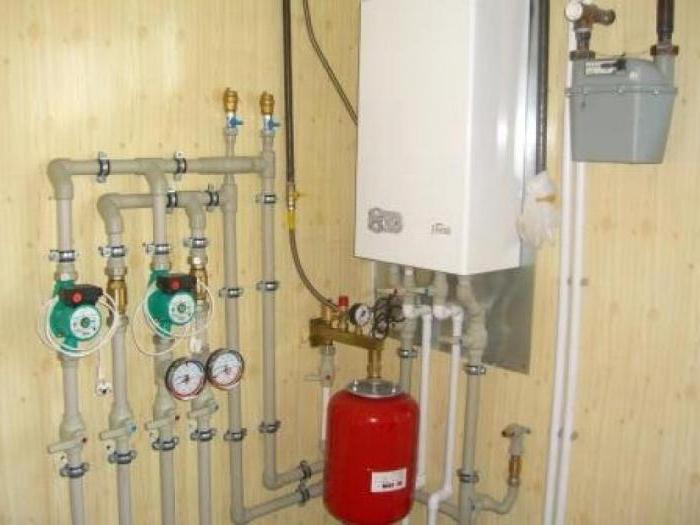

"Warm House" is a liquid that can be used to prepare a ready-made solution that is poured into the heating system. The proportions of the ingredients will affect the temperature at which they begin to freeze or crystallize. Thus, if 77 liters of coolant are added to 23 liters of water, the temperature of the onset of freezing will be kept at around -40 ° С.
By adding 65 liters of coolant to 35 liters of water, you will achieve that you create a solution that will freeze at a temperature of -30 ° C.
Forty liters of water and 60 liters of coolant will produce a solution that will begin to crystallize at 25 ° C below zero. If the thermometer in your house does not drop below -20 ° C, then 54 liters of coolant will be enough for 46 liters of water.
Advantages and disadvantages
The "Warm House" mixture has several modifications, each of which has some distinctive features and qualities.
Despite the variety of composition options, it is possible to highlight the general advantages of the "Warm House" mixtures:
- the fluid can be operated at both very high and low temperatures;
- the product does not lose its technical characteristics during the entire service life, which is five years;
- the coolant is absolutely safe for heating systems and does not damage non-metallic materials;
- the service life of a liquid that is used only for heating a private house can be increased to 8 years;
- formulations from the "ECO" series are completely environmentally friendly and safe for health, since they do not emit harmful substances during evaporation;
- the liquid is not subject to fire and is absolutely fireproof.


However, this material has a number of disadvantages.
The main disadvantages include several characteristics.
- The composition can only be used for certain types of boilers. If the heating system is equipped with an electrolysis electric boiler, then the "Warm House" liquid is not recommended.
- The mixture should not be used in heating systems with galvanized pipes.
- When using this liquid, you must strictly follow all instructions on the product packaging. If the agent is incorrectly connected to water in the heating system, problems may arise in the form of failure of the heating elements.
- If, in addition to the "Warm House" liquid, add another composition to the system, this will lead to a loss of the anti-corrosion properties of the composition and will contribute to the formation of scale.


The disadvantages of the material will not affect its use in any way, if you follow all the rules for using this composition.
Recommendations for use
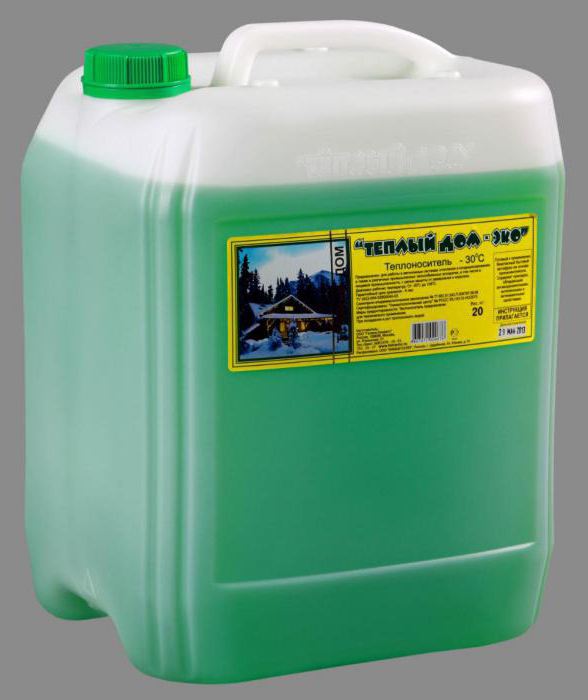

Liquid "Warm House" can be diluted with water from a well or well, but it should be noted that in this case, you may encounter an increased content of metals and salts. In order to avoid problems during the operation of the heating system, a small volume of the coolant should be mixed with water beforehand. Use a transparent container for this. As a result, you should get a clear solution so that you can make sure that there is no sediment. This mixing can be done before filling the system, especially for natural circulation systems.
The described coolant is characterized by high stability of thermophysical properties, therefore, it will be able to ensure continuous operation of the system for 5 years. After this period, the coolant will be a low-freezing liquid, but it can already be considered a solution that has exhausted the resource of additives, due to which you may encounter an increase in scale and corrosion. Therefore, the coolant is drained and disposed of. Before filling a new batch, the system is flushed with water or a special liquid.
Dependence of the service life of the coolant on the operating conditions
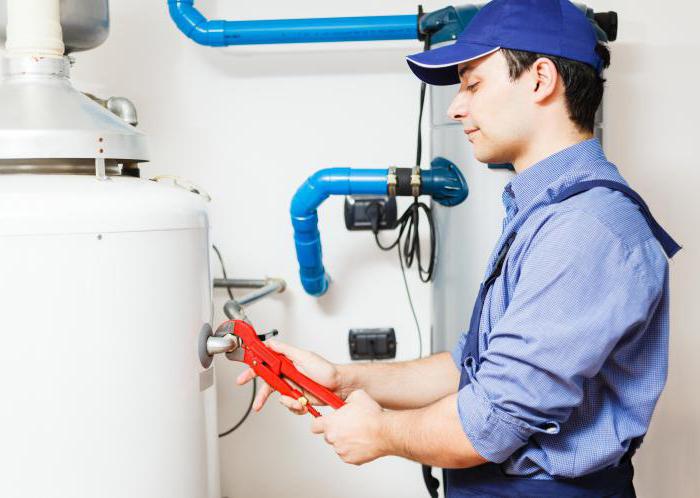

Liquid "Warm House" will last longer if you provide it with the appropriate operating conditions. So, experts do not recommend pouring liquid into a system that is equipped with galvanized pipes. This leads to the possibility of galvanizing delamination, in addition, sediment may form. In addition, the described heat carrier cannot be used in heating, where there is an electrolysis boiler of the "Galan" type.
The heating fluid should not be mixed with other antifreezes, as this will result in poor performance and possible damage to equipment. The coolant should not be brought to a boiling state during operation, since ethylene glycol and additives will decompose in this case, and their thermophysical properties will certainly deteriorate, which is why the coolant will last less than the prescribed period.
"Warm House" is a heating fluid that can be used exclusively for technical purposes, because ethylene glycol is toxic. In order to exclude poisoning, care must be taken to prevent antifreeze from getting into drinking water and food. If it is on clothes or exposed areas of the body, wash them with soap and water. The coolant is explosion and fire safe, it has certificates of conformity and a conclusion on sanitary and epidemiological standards.
Heat carrier "Teply Dom - 65" 20 kg
Heat carrier - household antifreeze - "Teply Dom 65" intended for heating and air conditioning systems, produced on the basis of high quality ethylene glycol. The working temperature range is -65 ° C to 112 ° C. Heat carrier colored red.
Part coolant "Teply Dom 65" includes a package of additives that reliably protect the heating system from corrosion, scale and foaming, as well as exclude aggressive effects on plastic, rubber, metal-plastic, paranite and flax, that is, the possibility of leaks is excluded. However, it is undesirable to use it in circuits with galvanized pipes, because precipitation is possible. Heat carrier It is more fluid than water, therefore, it is necessary to carefully assemble all units of the heating system and carry out preliminary pressure testing, the joints can be treated with a sealant resistant to glycol mixtures, it is allowed to use silky flax without oil paint.
The use of a coolant is excluded with electrolysis boilers of the "Galan" type, since in these types of boilers a certain electrical resistance of the coolant with high salt saturation is required, which in turn negatively affects the protection against scale and corrosion, for this reason the manufacturers abandoned the development of a universal recipe.
Household antifreeze "Warm House - 65" has a continuous working life of five years, after which it needs to be replaced with preliminary flushing of the heating circuit. After a five-year service life, the coolant does not change its temperature properties, but the additives cease to work.
Dilute the heating medium water is a must! This allows an increase in heat capacity and a decrease in viscosity. coolant, i.e. improve its circulation.
Heat carrier "Warm House - 65" it is imperative to dilute with distilled or tap water to obtain the required temperature for the onset of crystallization, depending on climatic conditions, to improve circulation and increase the heat capacity.
| Desired temperature | Heat carrier "Warm House - 65" | Water |
| -50 ° C | 88% | 12% |
| -40 ° C | 77% | 23% |
| -30 ° C | 65% | 35% |
| -20 ° C | 54% | 46% |
Crystallization process coolant starts at the above temperatures. It does not expand, and when the temperature drops by 8 ° C from the set one, it thickens, it turns into a jelly-like mass, therefore it does not destroy the heating system.
Optimum dilution temperature antifreeze -25 ° С - -35 ° С for electric boilers and gas - by -20 ° С. A mixture with a lower crystallization temperature leads to soot on heating elements or in the burner zone, and forms tarry deposits, leading to burnout of heating elements.
Dilution of the heating medium carried out before filling the heating circuit, or filling is carried out alternately in small portions.Before mixing, make sure that the water does not leave sediment if it is taken from a well or well.
Failure to comply with the operating conditions leads to a decrease in coolant service life... To bring household antifreeze to a boiling point is not recommended, overheating to 170 ° C leads to thermal decomposition of ethylene glycol and additives. Heat carrier must circulate well in the boiler, therefore it is recommended to dilute it correctly and have a circulation pump with a higher capacity than on water, by 10% and a pressure of 60%, as well as to carry out gradual heating coolant at negative temperatures. Heat carrier has a higher coefficient of expansion relative to water during heating and the volume of the expansion tank must be from 15% of the volume of the heating system.
Antifreeze for heating systems "Teply Dom 65" contains ethylene glycol (poison!) - avoid getting it into drinking water and food to avoid poisoning! In case of contact with skin or clothing, wash it off with plain water.
Heat carrier brand "Teplyi Dom" - fire and explosion proof, has a certificate of conformity and a sanitary and epidemiological conclusion, has been tested at the Scientific Research Institute of Plumbing and is approved for widespread use.
Store the coolant should be out of the reach of children, in a hermetically sealed container, away from food. Direct sunlight is not allowed. After the service life of the coolant has passed, it must be disposed of!
Heat carrier "Teply Dom 65" is supplied in plastic containers of 10, 20 and 50 liters.
Characteristics of the "TEPLY DOM" household heat carrier
| Indicators | "Warm House - 65" | When diluted with water in a ratio of 2: 1 | ||
| Appearance | Transparent liquid from pink to red, without mechanical impurities | |||
| Density, g / cm3 at 20 ° С | 1,090 | 1,061 | ||
| Crystallization start temperature, ° С | — 66 | — 31 | ||
| Boiling point at 760 mm. rt. st, ° С | 112 | 106 | ||
| Alkalinity, cm3 | 22,4 | 21,7 | ||
| PH (pH) at 20 ° C | 7,9 | 8,2 | ||
| Foaming ability: | Foam volume after 5 min. at 88 ° C, cm3 | 1,0 | 1,0 | |
| Foam disappearance time, sec | 1,0 | 1,0 | ||
| Kinematic viscosity, Cst | At 20 ° C | 6,23 | 3,54 | |
| At 80 ° C | 1,75 | 1,35 | ||
| Dynamic viscosity, MPa * s | At 20 ° C | 6,76 | 3,75 | |
| At 80 ° C | 1,84 | 1,43 | ||
| Heat capacity feces / g * ° С | At 20 ° C | 3,17 | 3,32 | |
| At 80 ° C | 3,51 | 3,68 | ||
| Thermal conductivity, cal / cm * s * ° С | At 20 ° C | 0,39 | 0,43 | |
| At 80 ° C | 0,38 | 0,44 | ||
| Volumetric expansion coefficient, ° С-1 | 6,04×10-4 | 5,3×10-4 | ||
| Corrosion effect on metals, g / m2, day: | copper M1 | 0,01 | 0,02 | |
| brass L 63 | 0,02 | 0,02 | ||
| solder POS-40-2 | 0,03 | 0,04 | ||
| aluminum Al-9 | 0,04 | 0,04 | ||
| cast iron Сч18-36 | 0,03 | 0,03 | ||
| steel 20 | 0,01 | 0,02 | ||
| Swelling of rubber,% (change in volume at 100 ° C within 72 hours) | rubber brand 57-5006 | 1,4 | 1,3 | |
| rubber brand 57-7011 | 1,1 | 1,0 | ||
anti-freeze for heating systems, Buy anti-freeze,
Additional properties of the coolant for the heating system
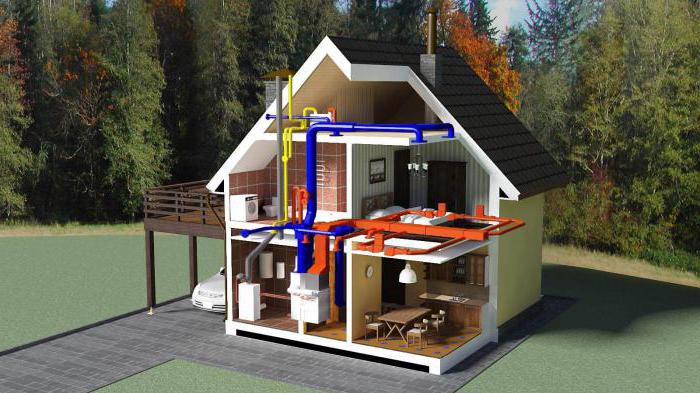

In order to ensure the necessary circulation of antifreeze in the system, it is necessary to supplement it with a more powerful circulation pump compared to what is used when working with water. The capacity and power should be increased by 15% and the head by 50%.
At negative temperatures in the system, the heating of the coolant should be carried out gradually, while the power should be increased in stages. Equipment should be calculated and designed taking into account such thermophysical characteristics that differ from those suitable for water. This applies to air conditioning systems, etc.
"Warm House" is a heating fluid that has a higher coefficient of volumetric expansion when compared with water. Therefore, you should stock up on an expansion tank of a more impressive volume. Before you start pouring a new coolant into the system, it is imperative to check all connections and assemblies, which is especially true for the case when propylene glycol antifreezes were used.
Specifications
The coolant is divided into two main types, based on such constituents as ethylene glycol or propylene glycol.In the first case, the liquid is used as a heat carrier in heating, air-conditioned devices for private real estate and in large industrial enterprises.
The propylene glycol-based composition can also be used in ordinary houses, summer cottages, in large industries.
First of all, the coolant is intended for heating with strict environmental safety rules.
The huge advantage of antifreeze is that it does not freeze even at critical temperatures. The house can be left safely for several days.
The heating fluid is designed for operation in temperatures ranging from -30 ° C to + 106 ° C. Thanks to a well-chosen package of additional additives, the boiler and the rest of the heating system will be thoroughly protected from the formation of scale, foam and corrosion. It should also be noted that the mixture does not harm such materials as rubber, flax, plastic, metal-plastic, and accordingly, even the slightest probability of leakage is excluded.
VIDEO: Is it advisable to use an anti-freeze coolant in heating
Application and important nuances
Non-freezing liquid for heating systems A warm house has an increased level of fluidity compared to ordinary water, therefore, before filling the heating system with liquid, all docking points should be carefully checked so that each prefabricated element has good tightness. Experts strongly recommend replacing all suspected leaking fasteners and crimping the device.
If it is impossible to replace a part, treatment with a sealant with a high level of resistance to glycolic compounds, silky flax, without the use of oil paints will help to solve the problem.
Anti-freeze liquid filling device
Heating boiler fluid is capable of stably performing its work for five years. In order for the mixture to have a certain temperature before the formation of crystals, the coolant is diluted with water, in the ratio: when mixed with 10% water, the temperature of the first crystallization drops to -25 ° C, if you add 20%, it rises to -20 ° C.
If you use a coolant with an even lower crystallization temperature, glycol deposits can form on the surface of the heating element or in the combustion chamber. This factor will lead to the appearance of a tarry coating, which will adversely affect the performance of the tubular electric heater.
Indicative fluid use table:
Heating fluid
Series-65
Water
Temperature regime for the appearance of the first crystal
Warm house-30
EKO-30
Water
For a home heating system with other volumes, all the values indicated in the table increase or decrease strictly in proportion (with a system with a volume of 60 liters, the coefficient will be 0.6, 280 liters - 2.8).
Types of liquids for heating "Warm House"
The market for heat transfer fluids has a wide range of fluids with different uses and performance levels. There are several types of heating fluid.
Warm house ECO-20
Heat carrier with a green color. A mixture was made based on the propylene glycol component. It is primarily intended for boilers with two circuits, in general, it is suitable for 2 types of heating equipment.
Warm house series -30
Ethylene glycol is considered the main component of the mixture. Scarlet liquid is used for heating systems with one circuit, but it can also be suitable for double-circuit units. Antifreeze must not be poured into the unit in its pure form; it must be diluted with water until it approaches -20 ° C.
Warm house ECO-30
The green liquid is based on propylene glycol.Before use in heating elements or double-circuit boilers, it requires mandatory dilution with industrial water to -20 ° C.
Warm house series -60
Heating boiler fluid of red color, which has a high concentration of ethylene glycol. Experts recommend diluting the mixture to -20 - -30 o C.
Pros and cons of formulations
Regardless of the main component on the basis of which the mixture was made, the liquid for the heating boiler has a number of pluses and minuses.
- Large temperature range from –30 ° С to + 106 ° С;
- After filling the system with a coolant, you can not worry about the degree of heat transfer for the next five years.
- The liquid does not harm the system, which consists of materials such as metal-plastic, plastic, flax or rubber. With good tightness, no leaks are possible.
- If Warm House Eco is used only for heating a building, its operational life can be extended up to eight years.
- Antifreeze does not emit toxic substances during weathering or evaporation, therefore it is completely safe for animals and people.
- The Eco series is perfect for a double-circuit heating system, air conditioning devices, heating equipment of various types.
- The mixtures are considered completely explosive, fireproof, which is great for use at home or in large industrial premises.
For reference
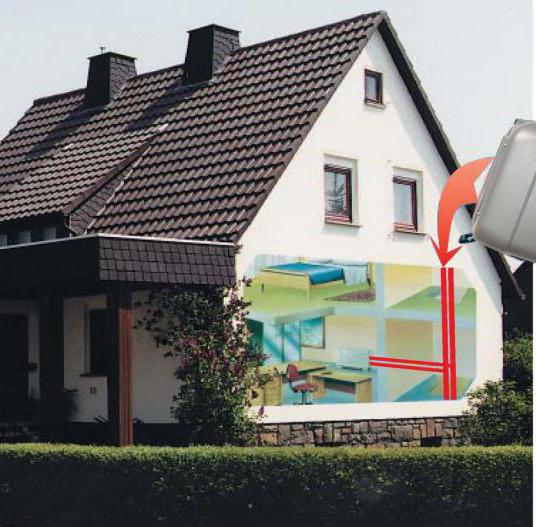

Non-freezing liquid "Warm House" is sold in a container. If necessary, you can buy antifreeze in plastic packaging, the volume of which is limited to 10, 20 and 50 liters. A 216 liter barrel can be ordered on request.
Sometimes the mixture is shipped in bulk, in this case, as a rule, fuel trucks and cubes are used. If an order is made from 2 tons, then the coolant can be manufactured as a water-glycol mixture with a crystallization temperature at any level that is chosen by the consumer.


